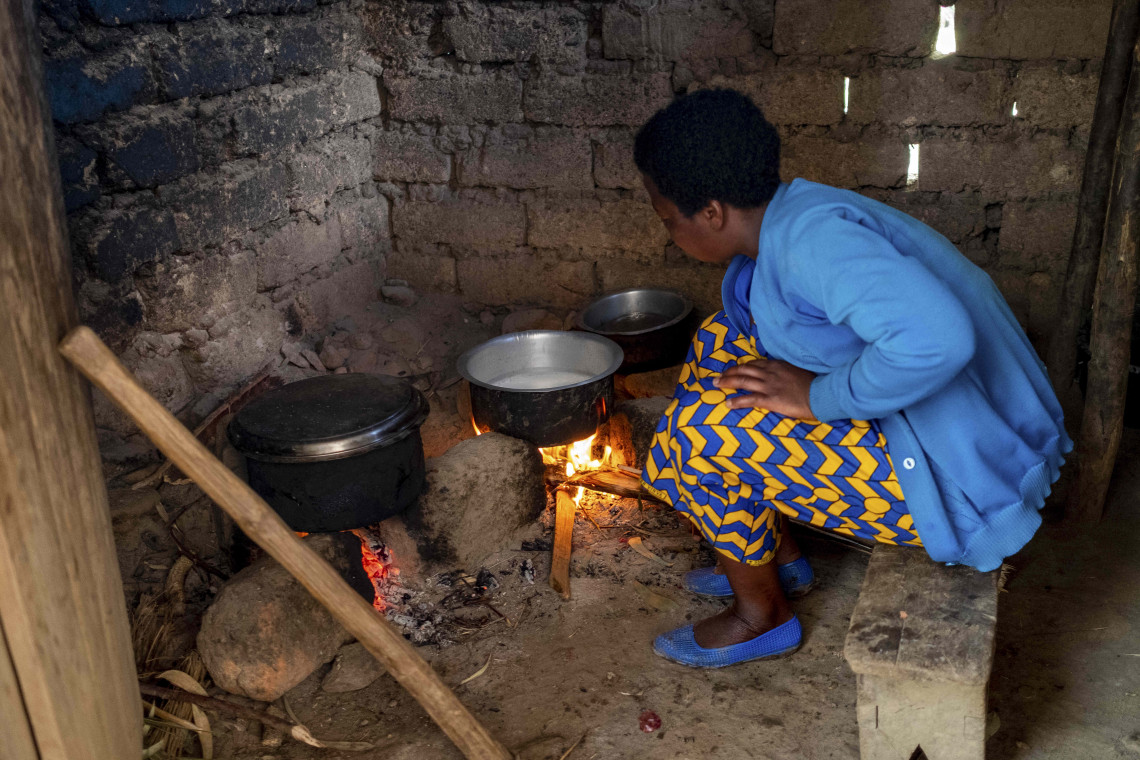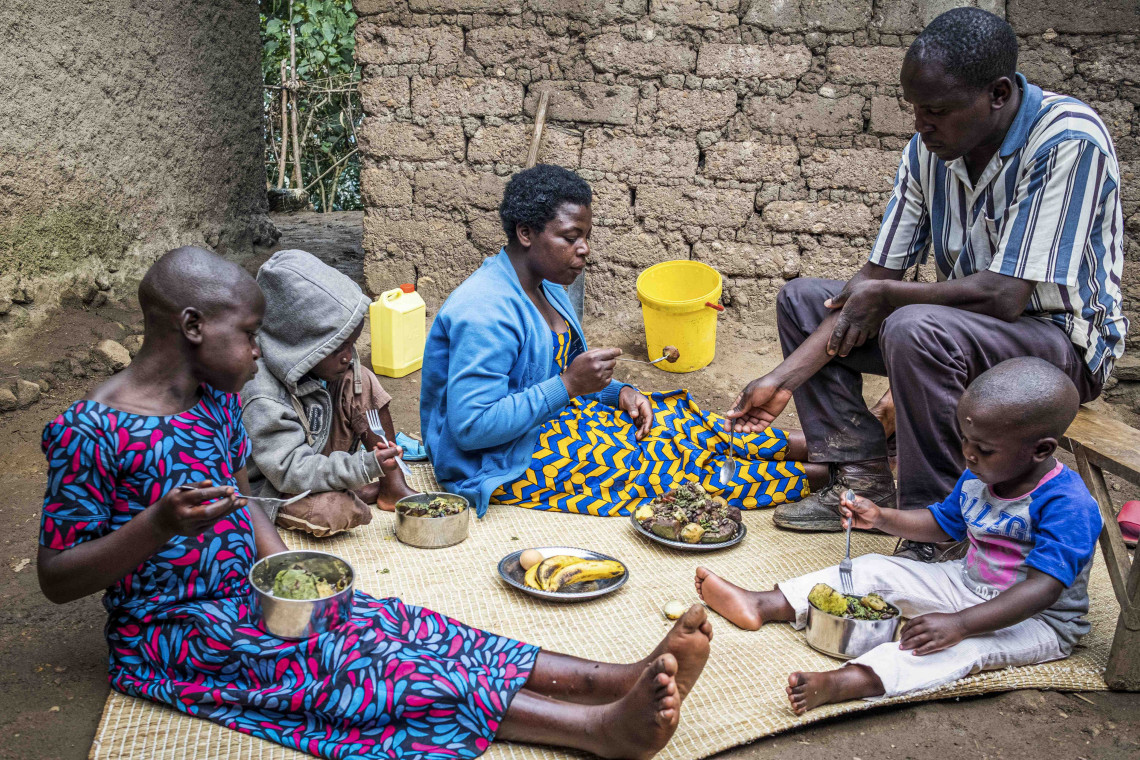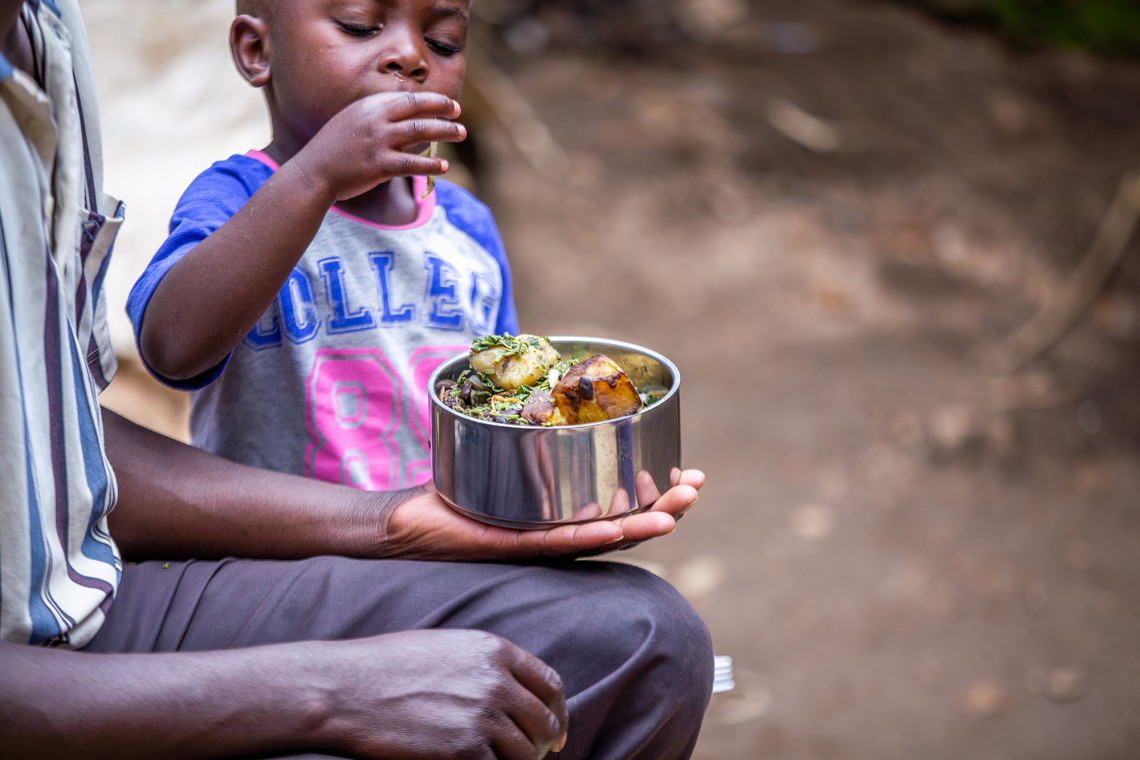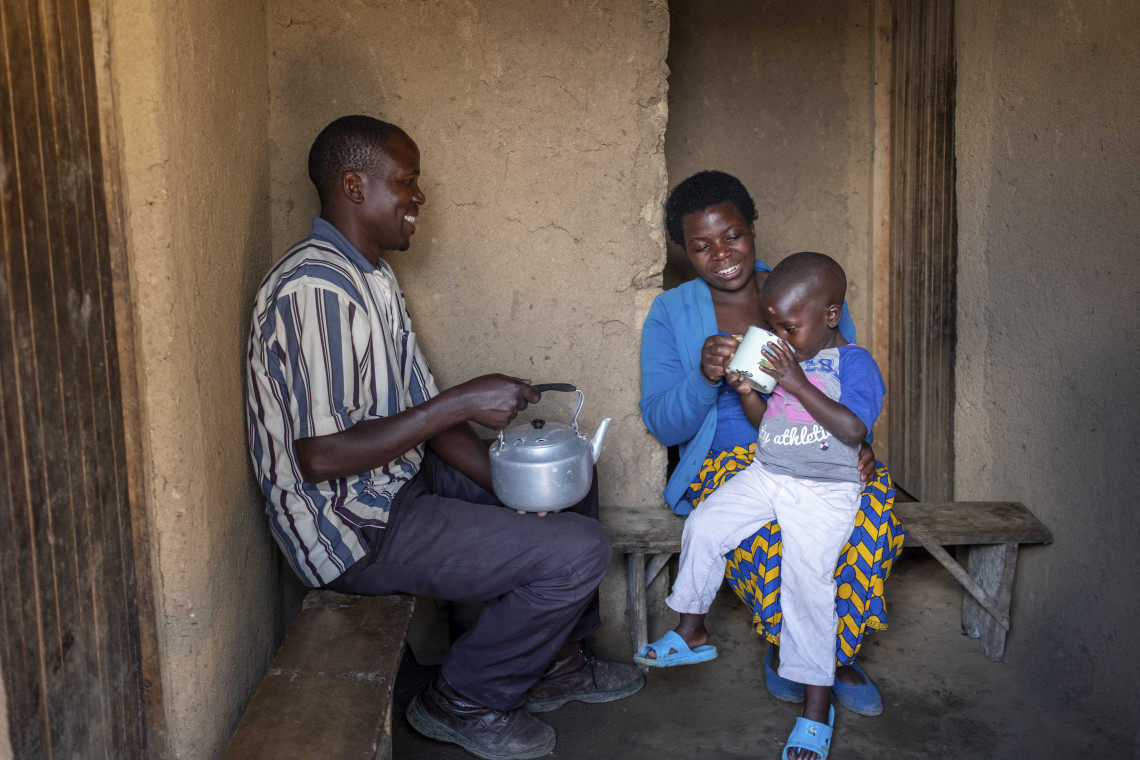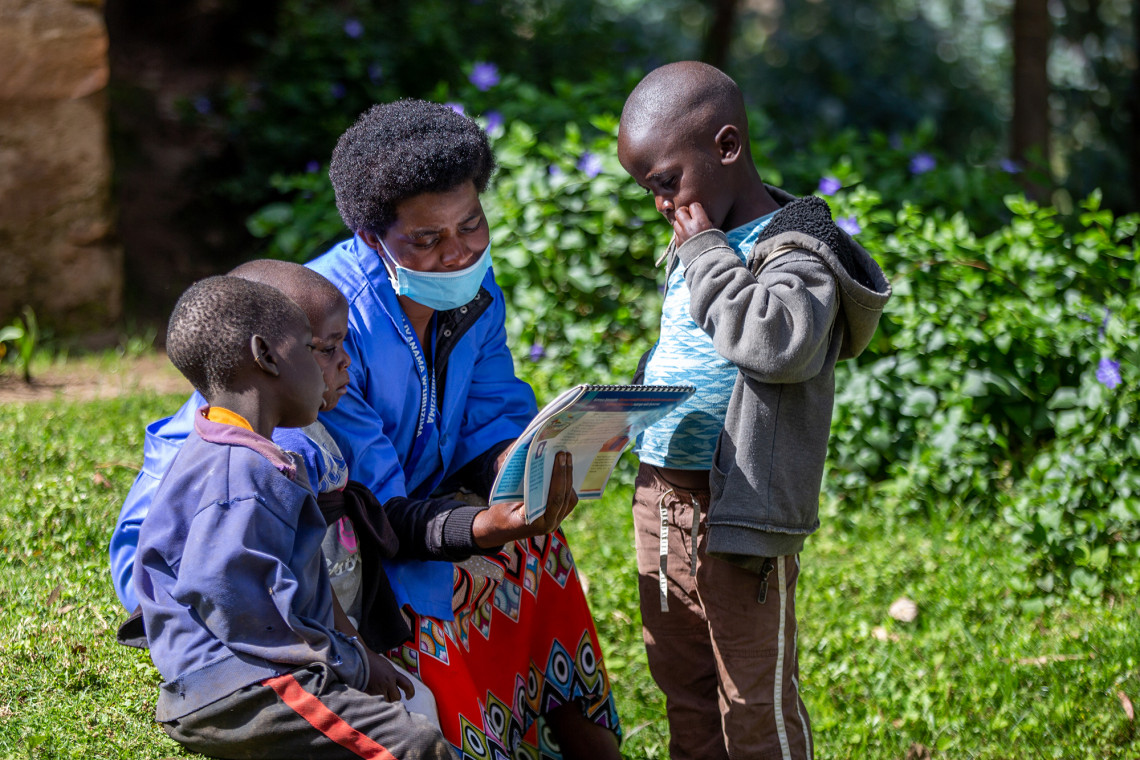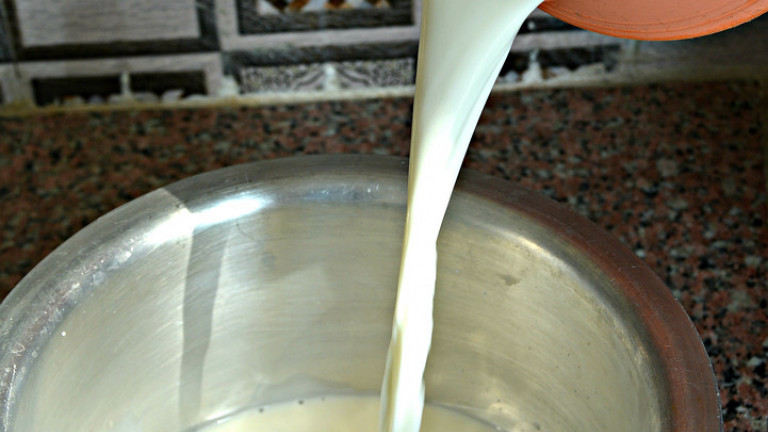
The tummies of little children need to be filled with a variety of nutritious foods for them to flourish and grow into healthy adults. This, and the importance of including animal-source foods into their diets, has been the focus of an initiative in Rwanda, aimed at building on work already done to improve maternal and child nutrition.
Early intervention improves lives
Rwanda is a country that has experienced an economic renaissance in the last couple decades and has achieved some success in reducing malnutrition. The results from the 2012 and 2015 Comprehensive Food Security and Vulnerability Analysis show that the chronic malnutrition rate among children under five years – referred to as ‘stunting’ – was lowered from 42 percent to 36.7 percent. In 2018, this was lowered to 35 percent, and further lowered to 33 percent in 2019/20 according to the results from a Demographic and Health Survey. Although significant improvements have been made, this figure remains high.
Furthermore, the 2019/20 Demographic and Health Survey reports that only 22% of children between the age of six and 23 months are fed in accordance with the criteria for a minimum acceptable diet, and in 2014-5, fresh, powdered, or tinned milk was consumed by only 21 percent of children. This means that a significant number of young children in the country lack the dietary diversity they require, and so their growing bodies are not getting the nutrients vital to their well-being. Improving the nutrition of these children can have long-lasting effects on their health and overall quality of life, equipping them to become healthier and more productive adults.
More milk for children in Rwanda
A three-year ‘Enhancing milk quality and consumption for improved income and nutrition in Rwanda’ project, which was launched in 2018, has been working through the social and behaviour change ‘Gabura Amata Mubyeyi’ (‘Parents, Give Milk’) intervention to help turn the tide on chronic malnutrition in young children in Rwanda’s Ruhango and Nyabihu districts.
The project team set out to connect with mothers, pregnant and lactating women with children under the age of five to build their knowledge on the importance of young children eating a variety of foods, and, specifically, including milk and animal-source foods in their daily diets. The initiative drew upon the important work already done by the Rwandan government’s homegrown initiative ‘Girinka: One Cow per Poor Family’ programme and placed specific attention to the value of drinking milk.
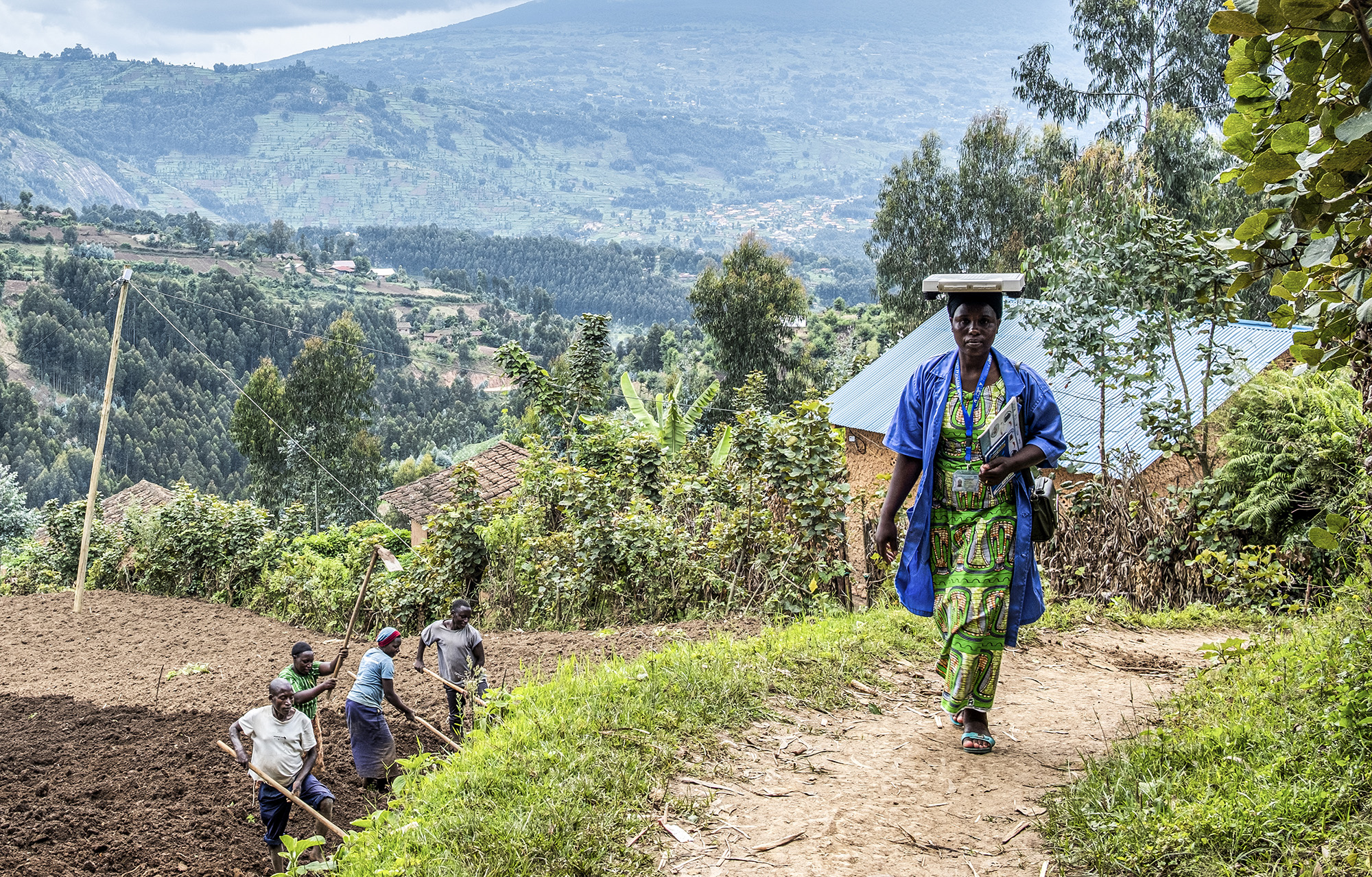
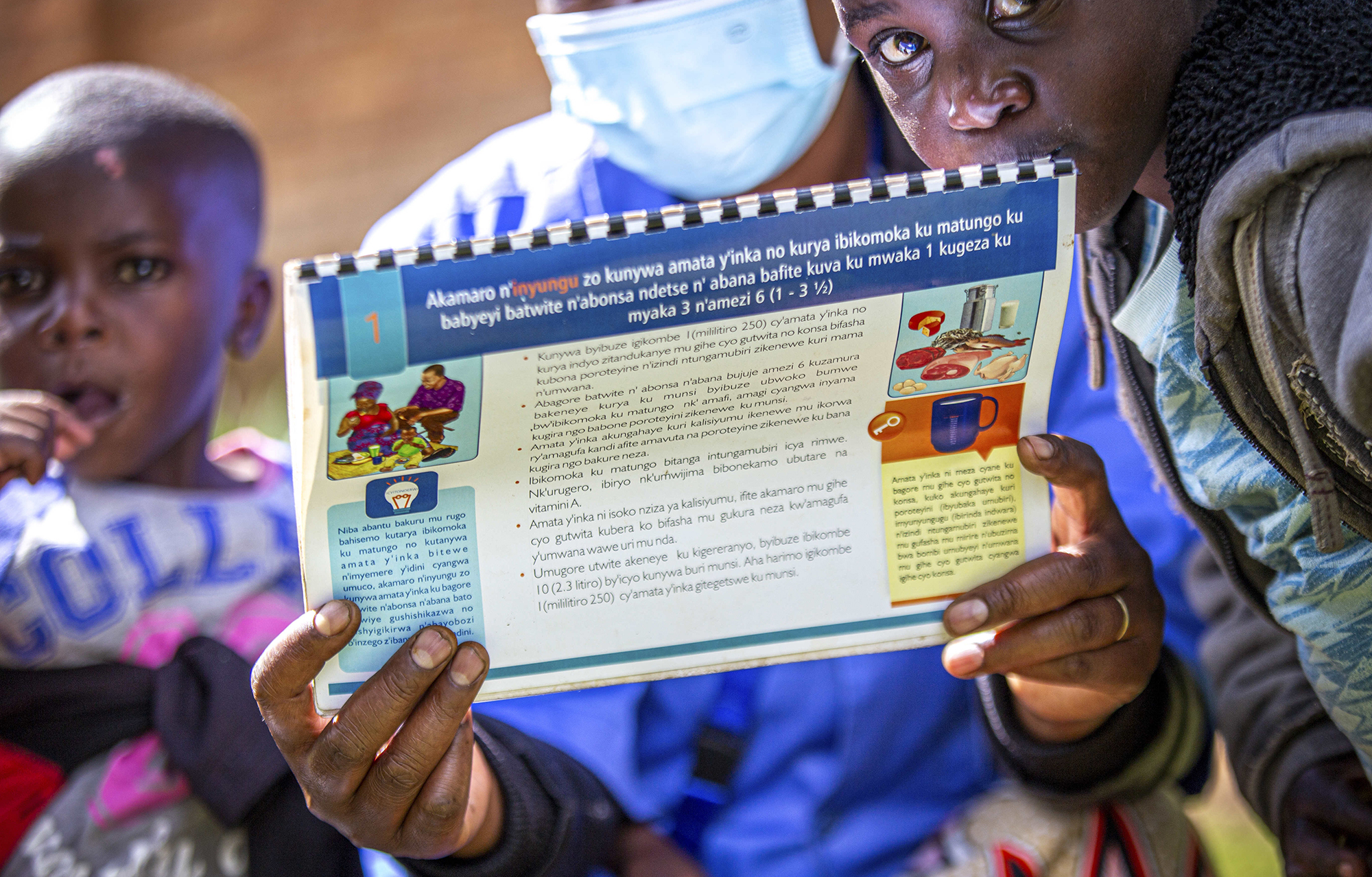
Messaging for impact
The approach taken by the team unfolded through the development of various visual messaging materials that consisted of five counselling cards, one poster, and one brochure, all designed with relatable imagery and translated into the local language of Kinyarwanda.
‘An important priority for us was to ensure that the messaging and images we used were gender-sensitive and took into consideration family dynamics,’ said Emily Ouma, the project’s research lead from the International Livestock Research Institute (ILRI). ‘We know from experience that to promote real change in behaviour at the family level, it is critical that our approach resonates with fathers, as well as mothers and caregivers.’
Aligning with the national Maternal, Infant and Young Child Nutrition (MIYCN) counselling cards theme, ‘Your baby needs animal-source foods’, the Gabura Amata Mubyeyi messages were relayed through trusted community health workers to about 3,500 mothers each month and emphasised the following:
- The importance and benefits of consuming animal-source foods and milk.
- The appropriate quantities of animal-source foods and cow’s milk to be consumed by pregnant and lactating women and young children.
- The appropriate time to introduce cow’s milk and animal-source foods to young children.
- How to recognise and treat an allergy to cow’s milk or an intolerance to animal-source foods.
- Hygiene, safe handling, and storage of fresh milk.
Seraphine, a mother in Nyabihu district who looks after six children, spoke about what she had learned. 'The community health worker who visited us taught us about the importance of animal-source foods, which she said are rich in protein and other minerals like calcium and vitamin A. She also taught us that cow's milk improves the child's brain development.'
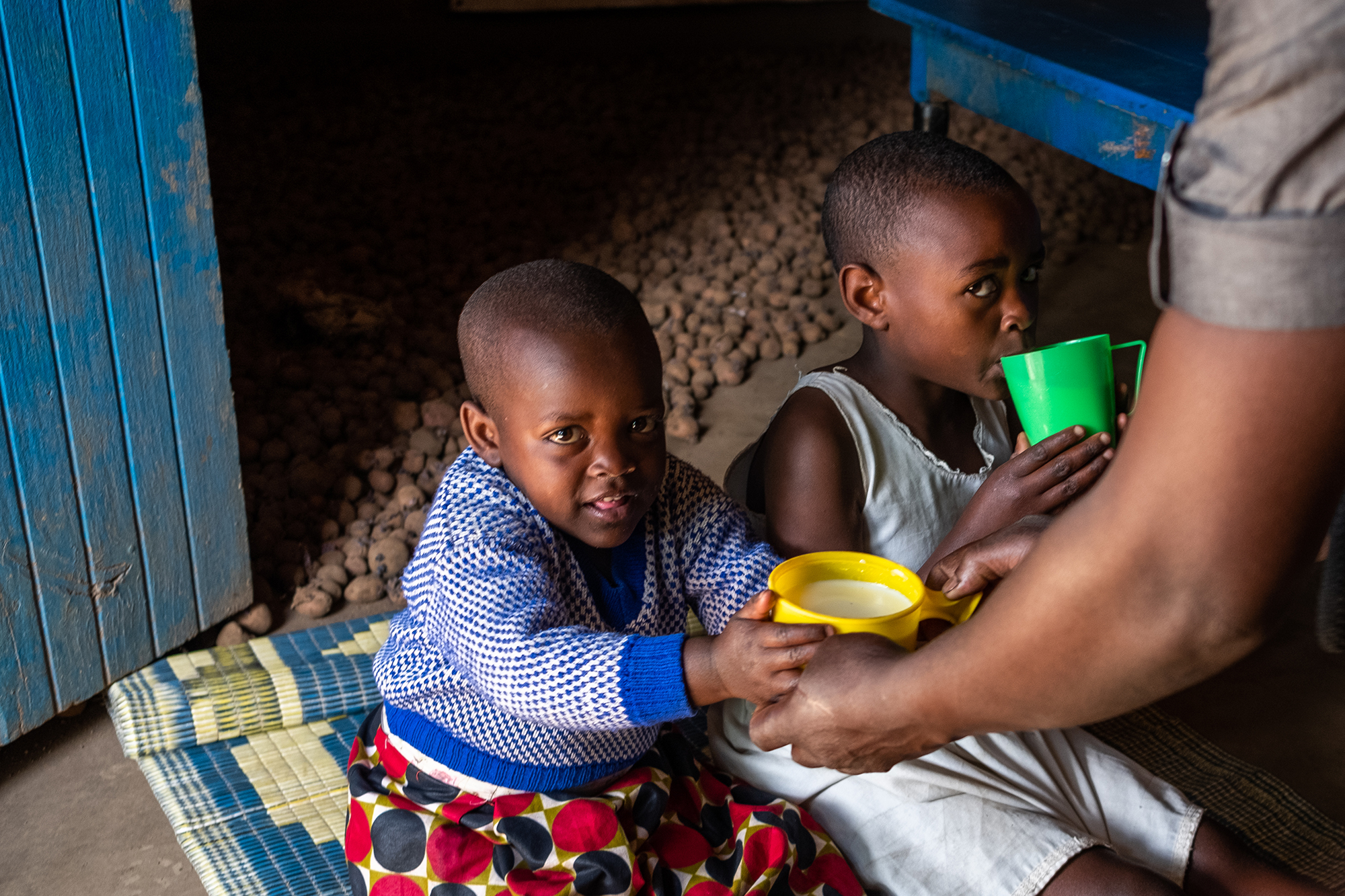
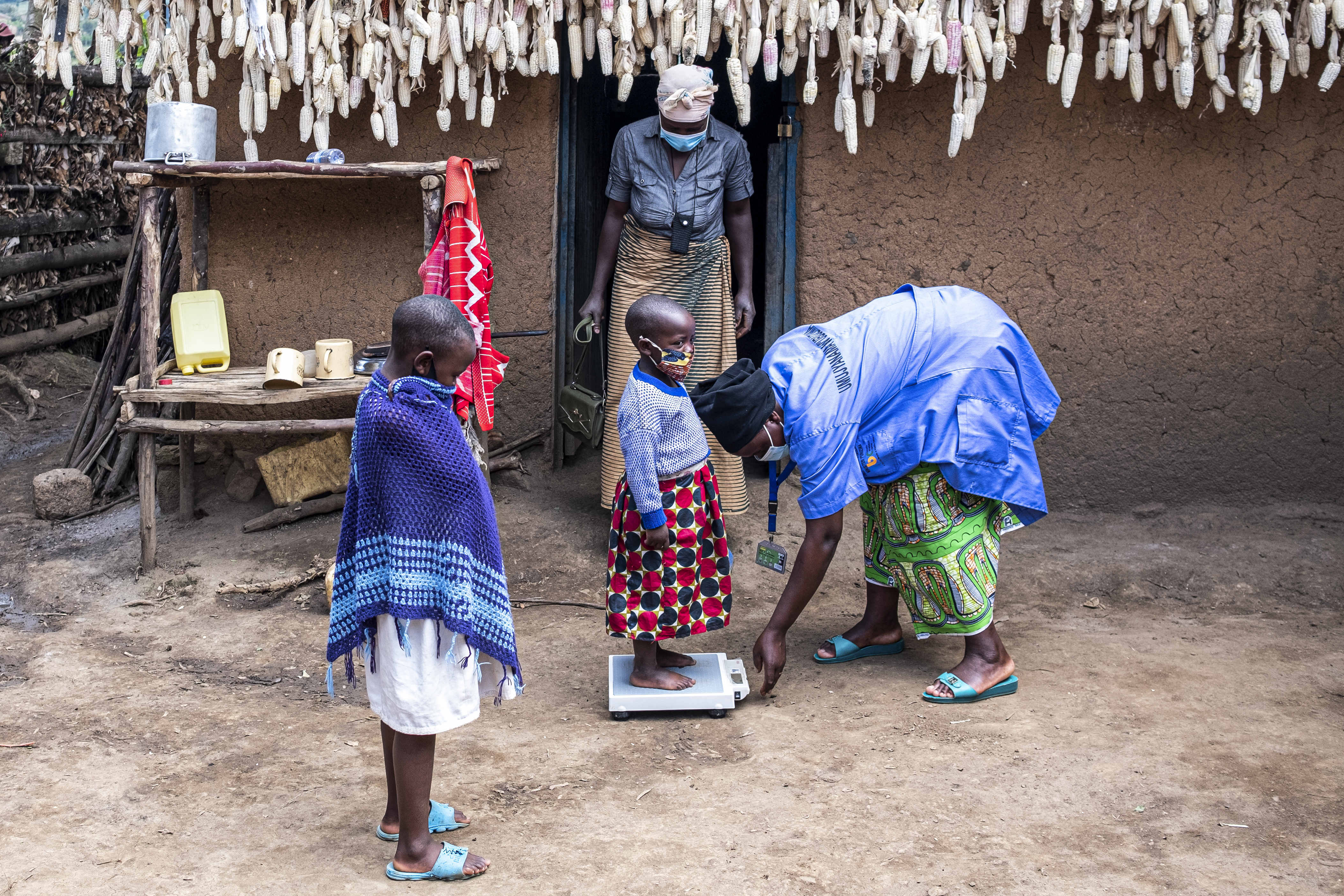
Healthier children
The initiative has shown encouraging results. Amongst many families reached through the project, knowledge has increased considerably, attitudes towards the importance of the inclusion of animal source foods have improved and now more children are drinking more milk more frequently.
A measurable outcome of the project is that specifically children in the intervention had increased odds of consuming cow’s milk two or more times per week if their mothers recalled hearing that children should drink one cup of cow’s milk per day during a community health worker’s home visit or a community activity.
It was also observed that because men are portrayed in the counselling cards engaging in child nutrition activities, mothers found it easier to discuss household nutritional needs with their husbands.
When talking about the achievements of this project, Adeline Ufitinema, Food and Nutrition Specialist at the National Child Development Agency (NCD Agency), noted that the project is invaluable to children in the country: 'Children will achieve their full potential development for the benefit of themselves, their families and the country as a whole.'
Long-lasting impact
Following the successful results of this project, the messaging, which was validated by the NCD Agency, has been integrated into the national MIYCN materials, originally developed in 2011, for community counsellors. This significant outcome will ensure that these messages will continue to be spread throughout the rest of the country, with the potential for far-reaching impacts beyond the scope of this specific initiative.
'The knowledge gained through the project can help shift habits over time as families introduce these dietary changes in their homes. We hope that these changes in beliefs and behaviours will be carried over when today’s children grow into adults and in turn, have their own children,' said Jean Claude Gasangwa, senior coordinator of the project at Three Stones International.
Social and behavior change communication is only part of the solution
One of the key lessons of the initiative demonstrated that social and behavior change communication alone is not enough to change nutrition outcomes in households with poor food security related to low income and poor productivity of livestock. Families were encouraged to buy small fish, which are affordable and high in micro-nutrients, and to reserve 250 millilitres of milk from their cow per day for each member of their family, especially pregnant, lactating women and children. It was suggested that morning cow's milk production could be sold, and evening cow’s milk productivity could be reserved for the family.
Future projects will look at building increasing egg consumption by children. Messaging targeted at fathers will also continue to be refined for improved impact. Engaging men in household nutrition and encouraging project role models to deliver messages can help motivate other men in the community to participate in household nutrition, particularly the consumption of animal-source foods and cow's milk.
This initiative was supported by the United States Agency for International Development through its Feed the Future Innovation Lab for Livestock Systems, which is managed by the University of Florida and the International Livestock Research Institute (ILRI).
The project was led by Emily Ouma from ILRI and implemented by Three Stones International, as well as the independent non-profit research institute, Research Triangle International in Rwanda.
Messaging and imagery of the materials were designed and developed in collaboration with Rwanda’s National Early Childhood Development Programme.
--


